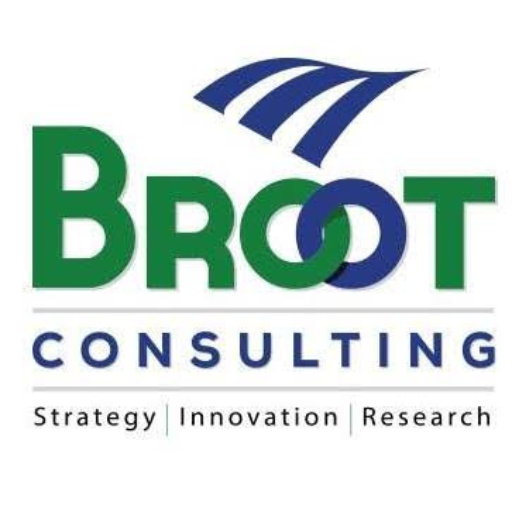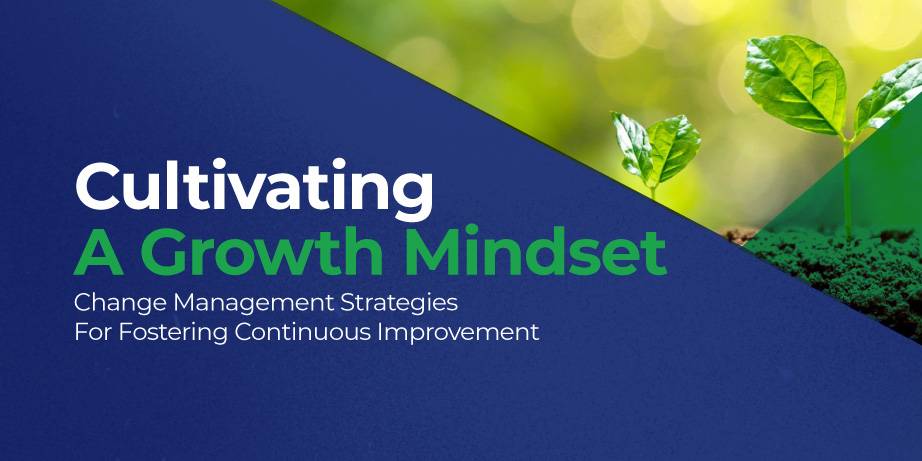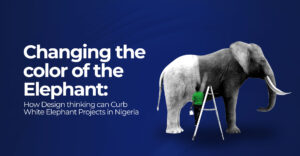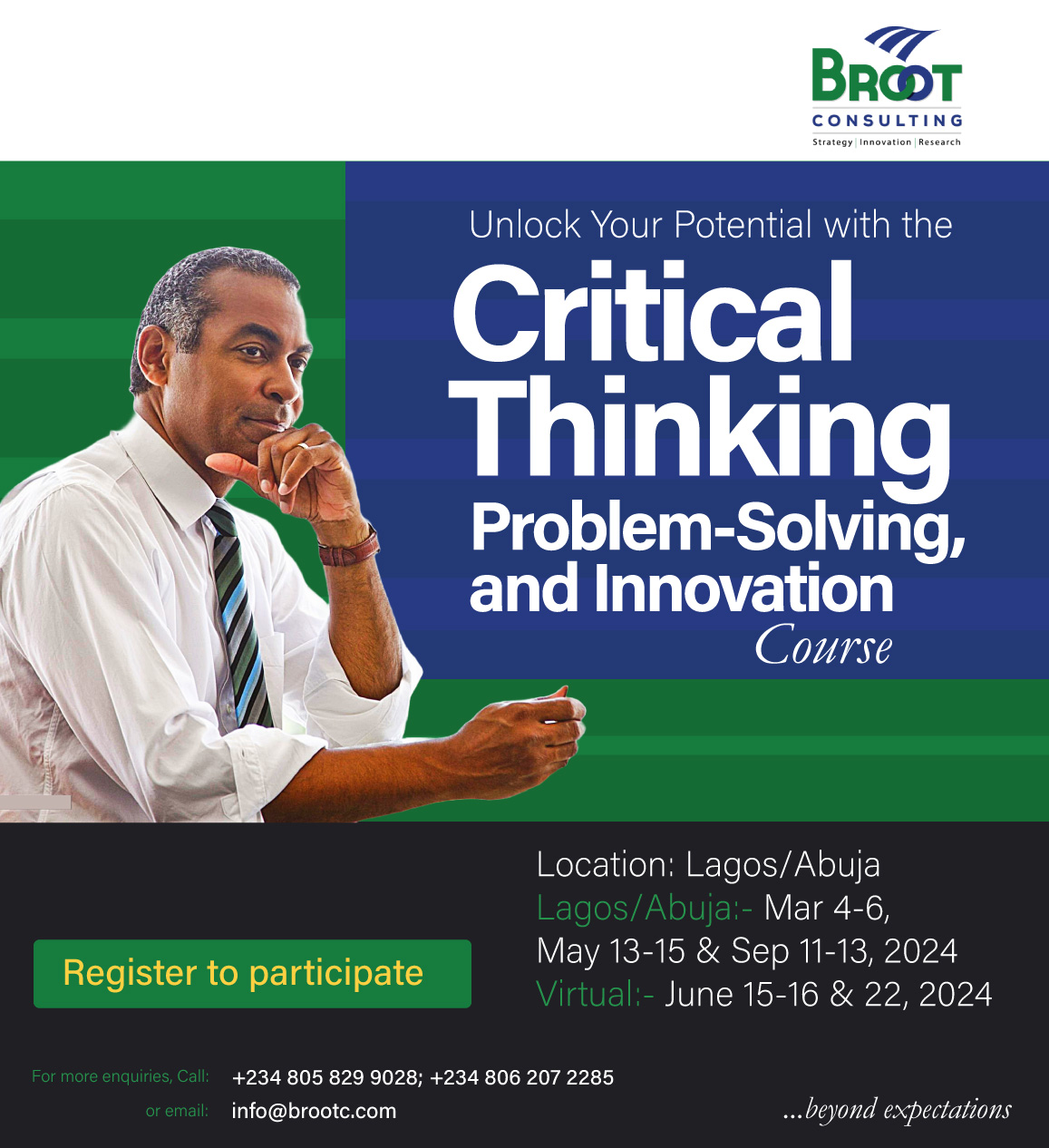Introduction.
Organizations must continuously adapt and improve to stay competitive in today’s fast-paced and rapidly evolving business landscape. Cultivating a growth mindset, which fosters a belief in the potential for personal and professional growth, is crucial for continuous improvement. Change management strategies are pivotal in enabling organizations to embrace change, overcome resistance, and foster a culture of constant improvement.
A growth mindset, as popularized by psychologist Carol Dweck, is centered on the belief that skills, abilities, and intelligence can be developed through effort, dedication, and a willingness to learn. When applied to the context of change management, a growth mindset becomes the key to driving successful organizational transformation by encouraging employees to embrace new ideas, explore innovative approaches, and continuously seek opportunities for improvement.
Concept of a growth mindset and its connection to adaptability and resilience.
A growth mindset believes skills can develop through effort and dedication. With a growth mindset, individuals are convinced that personal qualities can grow and be cultivated through effort and training. This profoundly impacts future decisions and life paths growth mindset impacts decisions and life paths by believing in unlimited capabilities, fostering motivation, and a love for learning.
In connection to adaptability and resilience, individual output, dyadic relationships, and organizational outcomes have all been studied to be positively impacted by a growth mindset.
Understanding adaptability and resilience.
Adaptability is adjusting, modifying, and thriving in response to new circumstances. It involves the willingness to learn, unlearn, and relearn, as well as the ability to embrace change with an open mind. Adaptability is the art of remaining flexible and agile in the face of uncertainty.
Resilience means bouncing back from adversity, extracting lessons, and growing stronger. It involves facing challenges with a positive outlook and determination.
The significance of adaptability and resilience:
- Thriving amid uncertainty: Adaptability empowers success amid unpredictability, enabling swift pivots and strategy adjustments to seize opportunities.
- Remaining competitive: Industries and markets are in a constant state of flux. Embrace change and innovation to remain relevant in evolving industries and markets.
- Enhancing problem-solving: Resilient individuals turn challenges into growth opportunities, encouraging creative, solution-oriented thinking.
- Promoting mental well-being: Adaptability reduces stress and equips individuals to handle the pressures of a changing environment, promoting mental health.
Strategies for developing adaptability and resilience:
- Cultivate a growth mindset: Embrace challenges as opportunities for learning, viewing failures as steppingstones for personal growth.
- Practice emotional intelligence: Control emotions for effective change navigation, empowering empathetic communication, and leadership.
- Prioritize lifelong learning: Continually update skills and stay open to expertise beyond your comfort zone.
- Develop problem-solving skills: Tackle challenges methodically, seeking innovative solutions.
- Cultivate a supportive network: Surround yourself with diverse individuals who inspire and challenge you.
- Embrace change proactively: Initiate change and adopt a forward-thinking perspective as a change catalyst.
Fixed Mindsets and Change Resistance.
A fixed mindset opposes a growth mindset, thinking skills are innate and unchangeable. It believes qualities are static and predetermined.
Resistance to change stemming from a fixed mindset can be particularly challenging to overcome, as individuals with fixed mindsets tend to view their abilities and the status quo as unchangeable.
Individuals and organizations often resist change due to fixed mindsets because:
- Adaptability: Fixed mindsets hinder adapting to change and learning new skills.
- Ownership: Employees feeling they lack ownership or influence over change processes often resist
- Leadership: Fixed mindsets in leaders affect the entire organization’s readiness for change.
- Flexibility: Fixed beliefs resist new ideas and perspectives, causing resistance.
- Fear of Failure: Fixed mindsets create a fear of inadequacy and change-induced failure.
- Risk Aversion: Change is seen as risky; predictability is preferred.
How some companies achieve a growth mindset among their employees.
Several companies have fostered a growth mindset among their employees, leading to increased innovation, adaptability, and overall success. Here are a few notable case studies:
Microsoft: Under CEO Satya Nadella’s leadership, Microsoft transformed its culture to adapt to a rapidly changing technology landscape. Nadella promoted a growth mindset culture centered on empathy, learning from failure, and embracing change. He encouraged a “learn-it-all” mindset over a “know-it-all” one, leading to increased innovation, agility, and competitiveness. Microsoft’s market capitalization reached new highs, driven by Azure’s growth, offsetting declines in other areas. By September 2018, the stock tripled with a 27% annual growth rate. On June 15th, 2023, Microsoft’s shares hit a record high of $348.10, reflecting optimism about AI and solidifying its position as a leading technology giant with a market cap of $2.59 trillion.
Google: Google maintained innovation in a changing tech landscape while managing a diverse workforce. They introduced the “20% time” policy, allowing employees to dedicate part of their week to personal projects, and encouraging experimentation. This culture led to successful products like Gmail and Google News.
Amazon: Amazon, an e-commerce and cloud computing leader, managed its vast workforce by emphasizing learning, high standards, and customer obsession through Leadership Principles. Amazon Web Services (AWS) offered extensive training, enabling diversification and expansion.
Salesforce: Salesforce, a CRM industry leader, prioritized continuous learning and innovation. They created “Trailhead,” an online learning platform, that provides skill development and certification opportunities for employees, boosting engagement and adaptability. The platform also extended to customers, enhancing their skills and knowledge. This commitment to learning and innovation has helped Salesforce maintain its position in the competitive CRM industry.
LinkedIn: LinkedIn fosters continuous learning, empowering employees to adapt to the evolving job market. They offer LinkedIn Learning and encourage career development ownership. This commitment enhances skills, engagement, and keeps the company a leader in networking and learning.
These case studies show that fostering a growth mindset isn’t limited by industry or size. It applies across sectors, boosting engagement, innovation, and adaptability for long-term success.
The role of leadership in promoting and modeling a growth-oriented culture.
Leadership plays a vital role in promoting a growth culture. Effective leaders encourage change, continuous learning, and improvement, driving a positive organizational environment. Here’s a detailed look at the leadership’s role in fostering a growth-oriented culture:
- Setting the tone: Leaders with a growth mindset signal the importance of learning and change.
- Modeling behavior: Leaders inspire growth by actively demonstrating it in their actions.
- Alignment with values: Leaders ensure a growth mindset aligns with organizational values.
- Effective communication: Leaders communicate the benefits and importance of a growth mindset.
- Empowerment and ownership: Leaders empower employees to set and pursue challenging goals.
- Openness to feedback: Leaders value and seek feedback for personal and organizational improvement.
- Recognition of effort: Leaders celebrate effort and progress, reinforcing growth as a journey.
- Coaching and mentorship: Leaders guide and mentor employees for continuous growth
- Risk-taking and innovation: Leaders encourage calculated risk-taking and embrace innovation.
- Transparency and trust: Leaders build trust through transparency, fostering a culture of growth.
Practical steps for implementing workshops, training, and feedback mechanisms to encourage a growth mindset.
Structured workshops, training, and feedback foster a growth mindset, engaging employees in continuous learning and improvement. Here are practical steps to help create and implement these initiatives effectively:
- Workshops and Training:
- Assessment and Planning: Assess the current mindset, set objectives, and create tailored content.
- Expert Facilitators: Hire experienced trainers and ensure interactive sessions.
- Practical Application: Encourage applying newfound knowledge in work roles.
- Customized content: Tailor the content to your organization’s Customize content for your needs. Identify where a growth mindset matters most. Use industry-relevant case studies and examples.
- Follow-Up and Reinforcement: Implement a follow-up process to assess participants’ growth mindset progress. Provide ongoing support with resources, like learning materials and extra training.
2. Feedback Mechanisms:
- Safe Space: Foster a culture of open communication.
- Various Channels: Implement feedback collection methods.
- Regular Surveys: Assess employee perceptions and areas for improvement.
- Feedback Training: Train on giving and receiving constructive feedback.
Feedback recognition: Recognize and reward employees who actively seek feedback, embrace it, and take action to improve. Celebrate instances where feedback led to positive changes or growth.
3. Implementation Strategy:
- Pilot Programs: Start with small-scale pilots to refine approaches.
- Leadership Involvement: Engage senior leaders and promote their experiences.
- Continuous Improvement: Adapt initiatives based on feedback and evolving needs.
- Communication and Promotion: Promote benefits and share success stories.
- Integration: Embed growth mindset principles into daily work practices.
These steps cultivate a culture of continuous improvement, fostering a growth mindset and enhancing adaptability, innovation, and resilience in your workforce.
Conclusion
Cultivating a growth mindset and implementing change management strategies to foster continuous improvement is a dynamic and transformative journey for individuals and organizations. This approach acknowledges that change is constant, and embracing it with a growth-oriented mindset is essential for long-term success.
By instilling a growth mindset culture, organizations can empower employees to adapt, innovate, and persevere in facing challenges. This enhances individual skills and resilience and strengthens the organization’s ability to thrive in an ever-evolving business landscape.
Change management strategies that promote a growth mindset involve providing opportunities for employees to develop their skills and knowledge through training, workshops, and mentorship programs. Leaders should also promote a safe and supportive environment that encourages risk-taking and learning from failures. Regular feedback and recognition for effort and growth can also strengthen the growth mindset within the organization.
Overall, the journey toward cultivating a growth mindset and fostering continuous improvement is a robust investment in the future. It positions individuals and organizations to navigate uncertainty confidently, seize growth opportunities, and achieve their full potential. We unlock the path to a brighter, more resilient, and innovative future by embracing change and fostering a growth mindset.














